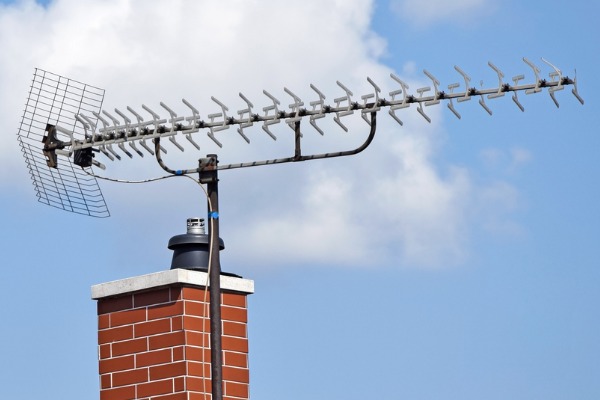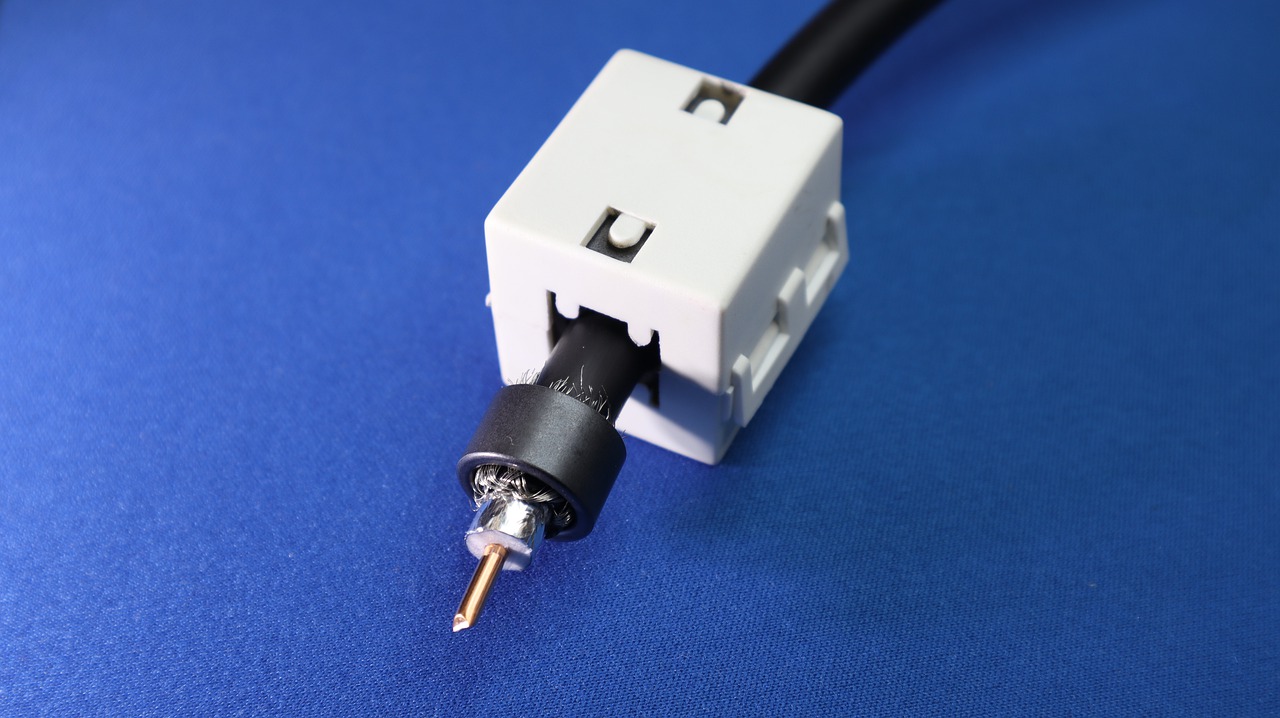Every home entertainment system starts by identifying how you are going to use it in the future. Planning on movie night with family and friends? Catching-up on the latest game with your best mates? Binge-watching reruns of your favourite shows? What you choose to do with your digital TV will determine your setup.
If you are looking for affordable entertainment, nothing is more budget-friendly than TV aerials. You can enjoy Freeview and access hundreds of thousands of hours of FREE TV shows and movies. All you need is a Freeview aerial installed.
TV aerials tend to be customised according to your home’s needs, much less your city or town. So installations in London will be very different from the ones in Glasgow. Having an idea about how much your TV aerial installation costs can help you narrow down your potential technicians and work with the ones that give you the best value for your money.
How Much Does It Cost To Have A Freeview Aerial Installed In Glasgow?
The cost of an aerial installation in Glasgow is around £60-£200 for indoor aerials and £85-£220 for outdoor aerials. And the rate for a technician, during working hours, is around £50-£150. The rate accounts for their time, skills, tools, and commute. Two of the main factors that affect it are time and complexity.
If your job takes up more than 2-4 hours, you may need to pay the higher end of the range since their hourly rate adds up. If you want more than one TV access point, that affects the price as well. It calls for more parts and custom work. Not all homes are made the same, so your installers will have to figure out a plan on the spot.
The rest of the bill accounts for materials like the TV aerial, coaxial cable, amplifier, splitter, mount, etc. These vary according to how many access points you need. When you only need one access point, you only have to consider the TV aerial price. For a more comprehensive list, you can consult the table below:
Type of Aerial | Cost |
Indoor Aerial | £10-£40 |
Outdoor Aerial | £35-£50 |
*The prices here are taken from Currys PC World, and they are subject to change. For an exact quote, always contact a sales representative or customer service.
Best CCTV installers and Aerial engineers near you
How Much Does It Cost To Install A Roof Aerial In Glasgow?
Glasgow is considered a hilly city, so outdoor aerials are a popular choice. You can pick between two different types, a wall-mounted or a roof-mounted aerial. A wall-mounted unit is installed on the side of your exterior wall. It is the easier and safer option between the two because all you need is a ladder and even ground. Your technician doesn’t have to worry about falling over, and can focus on the TV aerial installation.
A roof-mounted aerial, on the other hand, can be dangerous. Even the most experienced technicians can have problems if the environment is not right, with pitched roofs being especially difficult. Should they lose their balance or have a weak grip, it can lead to a horrible accident. However, it is one of the best ways to get a digital TV signal.
While a wall-mounted aerial can get rid of the interference from signals inside the house and layers of brick and concrete, there is a high chance of interference and obstruction from other sources. Trees, posts, buildings, houses, passing cars, radios all affect your TV signal. Given its position, a rooftop aerial doesn’t experience this type of interference as much. Besides taller buildings and passing birds, not much will obstruct your TV signal.
Considering all those factors, the final price of a rooftop aerial in Glasgow should be around £200. If you need more access points or have other complications, it can go upwards to £250-£300.
What Affects The Price of An Aerial Installation In Glasgow?
There are 3 things that affect the price of aerial installations in Glasgow:
Location and Terrain
Glasgow is a major city in the north and is the 3rd most populous area in the UK. There is bound to be plenty of obstruction from other buildings and homes. The terrain is not the easiest to work with either. The uneven landscape creates more obstructions for the nearby TV transmitters. Since the location and terrain presents a challenge, technicians have to put more care into the antenna’s position and angle.
TV Aerials
Not all TV aerials are created or priced equally. Indoor vs outdoor, short-range vs long-range, brand a vs brand b, model x vs model y–each category can increase or decrease the unit’s total price. Most homes in Glasgow may have to settle for a long-range, outdoor aerial, and that can be pricey.
If you have never bought an antenna before, learn how to navigate the different options available with our blog: A Comprehensive Guide for TV Antennas.
Aerial Installer
The next thing to consider is your aerial installer. In such a crowded place like Glasgow, you are sure to find all kinds of companies and freelancers. You can find an aerial installer at any price point, but you can’t always account for their quality.
There are two ways you can get an expensive installer–based on their experience or their company. The first is pretty self-explanatory–the more experience they have, the better they are, the higher their hourly rate. People want hassle-free jobs, with quick solutions and service. You may have to pay the premium, but if it means a job well done, why not right?
The second is based on the company. Their size, VAT-registration, and type of company may affect the prices of each job. If they are small and not VAT-registered, their rates may be cheaper, but they do not have the same-level of self-preservation nation-wide companies have. Since these large companies have more to lose, you are likely to get more consistent service with experienced technicians at a higher price point.
Considering these 3 factors, the cost of installing an aerial in Glasgow might match the prices in London, despite everything else being cheaper. The uneven terrain, outdoor aerials, and emphasis on experienced aerial installers all contribute to this. Glasgow calls for top of the line aerials and technicians to ensure that locals can get decent TV reception. At the end of the day, you have to see this as an investment. When done right, you can enjoy free TV for days on end!
How To Decide On An Aerial Installation Service
When you compare different companies in Glasgow, pay attention to their services, track record, quote, and reviews. Use these criteria to compare different companies in the city until you settle on the best one.
If you are unsure about who to work with, consider Aerialforce. Aerialforce is a nation-wide service that offers aerial installations and repair services along with TV wall-mounting. If you just moved to Glasgow and are looking for the complete package, Aerialforce can have your TV aerial installation along with your TV wall-mounting on the same day. You can book our services online or call us on 0330 173 8058!




